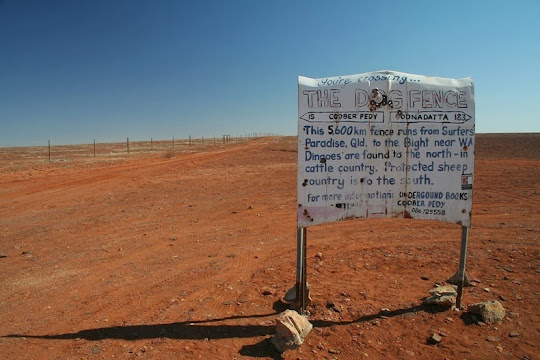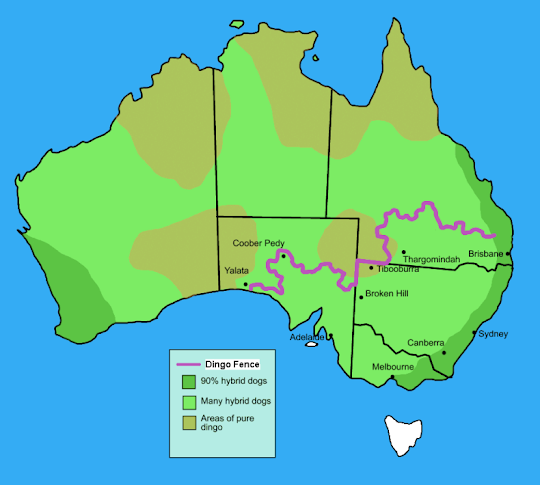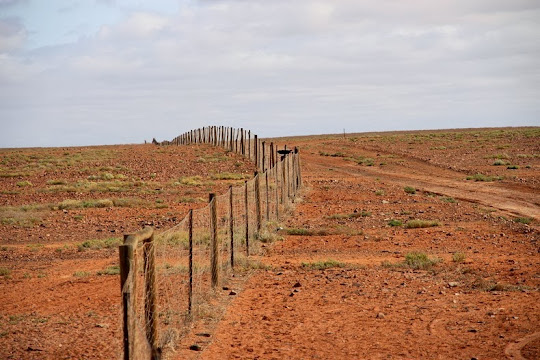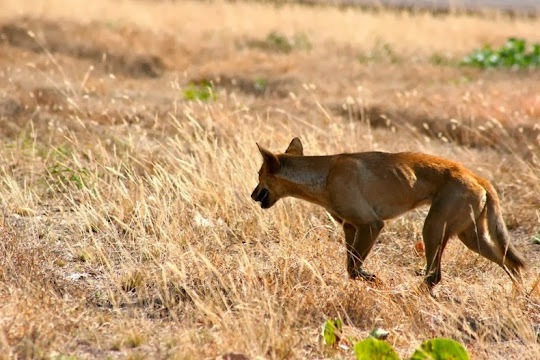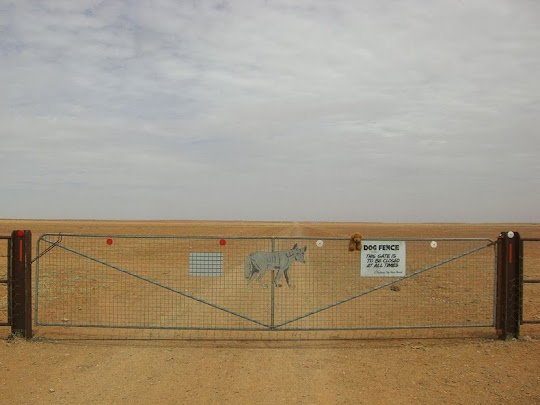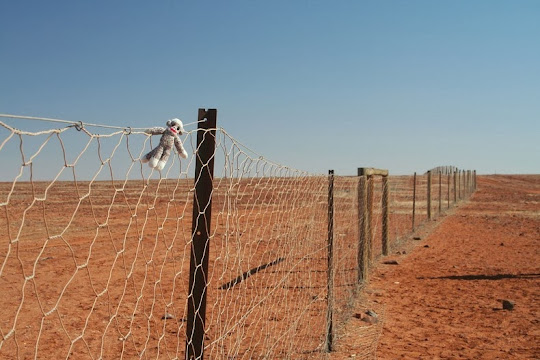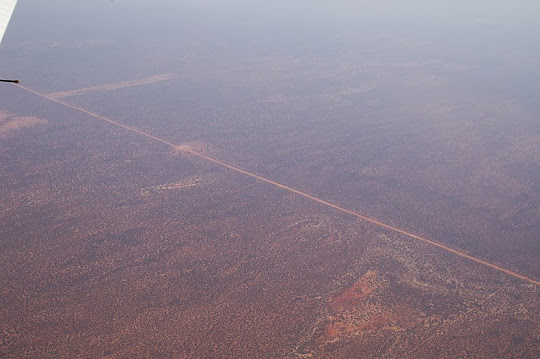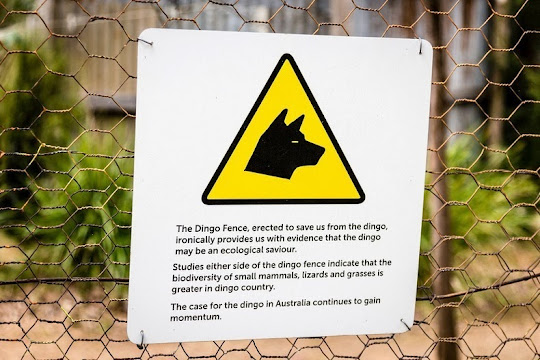Italian renaissance man, Leonardo da Vinci remains one of the most famous artist, architect, engineer, scientist, naturalist and inventor from his or any other generation. Many of his concepts were hundreds of years ahead of their time, and Golden Horn Bridge is a perfect example of that.
In 1501, Leonardo da Vinci made a sketch of a 240-meters long single span bridge that was to be built over the Golden Horn – a natural inlet of the Bosphorus Strait dividing the city of Constantinople, present day Istanbul. This was the first time that such a long single span bridge was proposed. The construction methods that would be required to build such a structure would not come into use for another 300 years. Consequently, the bridge could not be built because it was too advanced for the builders of that time.

For five hundred years, Leonardo’s graceful design remained an obscure, tiny drawing in a corner of one of Leonardo’s voluminous notebooks, until 1996 when contemporary Norwegian artist, Vebjørn Sand, saw the drawing at an exhibition of Leonardo’s engineering designs. Sand was impressed by it that upon returning to Oslo, he proposed that the Norwegian Public Roads undertake the construction of the project.
For the next few years, Vebjorn Sand devoted his time and effort to transforming the Leonardo Bridge Project from a dream into reality. And in 2001, a small pedestrian footbridge based on Leonardo’s original design was built near the town of Ås in Norway, on highway E-18 linking Oslo and Stockholm. Converting the basic design in reality was done by Architect Selberg.
The pedestrian bridge is built on the same model as Leonardo da Vinci's original drawings, but instead of a massive arch stone bridge, the one in Ås has three glulam beams which runs in an arc across the road. On top of the glulam beams one can walk or cycle on. The total length of the bridge is 108 meters with main span width of 40 meters, height 10 meters and clearance of 5 meters.
According to the Leonardo Bridge Project’s website, the Turkish government has decided to build a full fledged bridge spanning the Golden Horn based Leonardo's design.
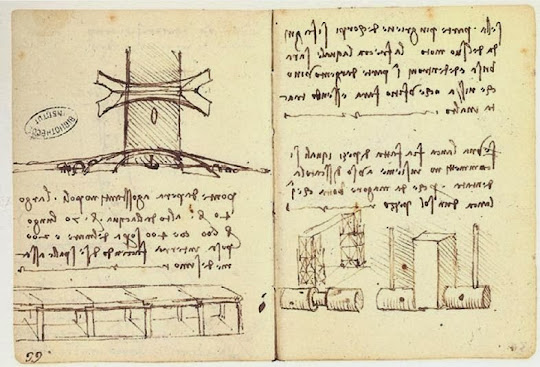
Leonardo’s sketch of the Golden Horn bridge.
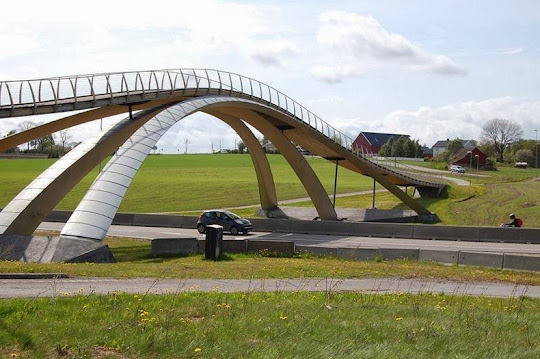
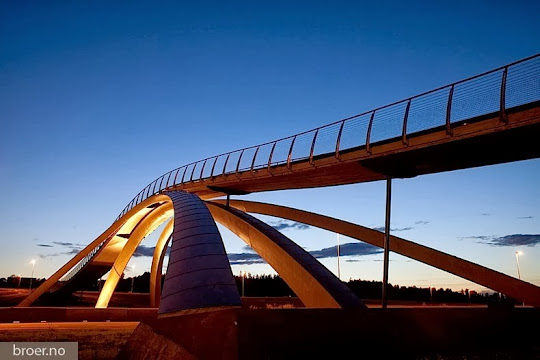
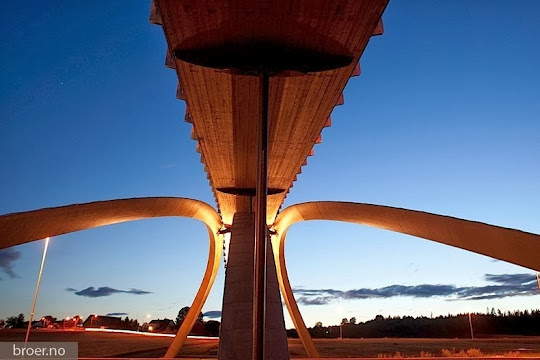
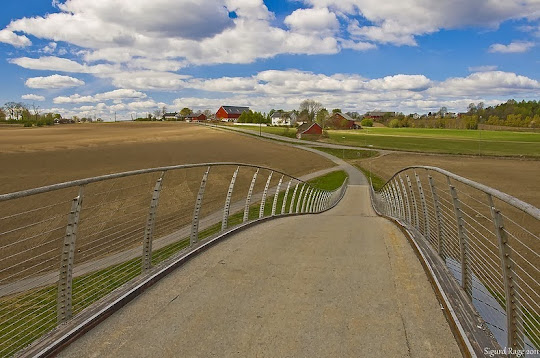
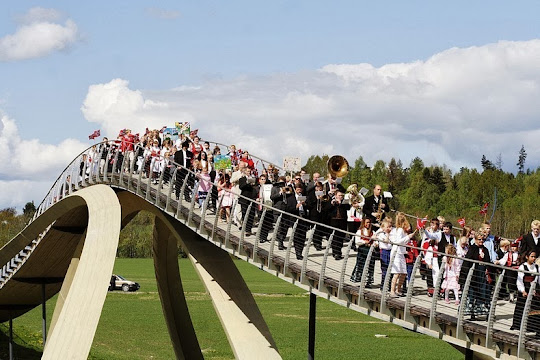
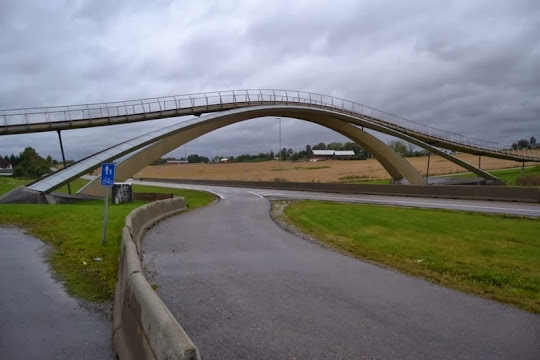
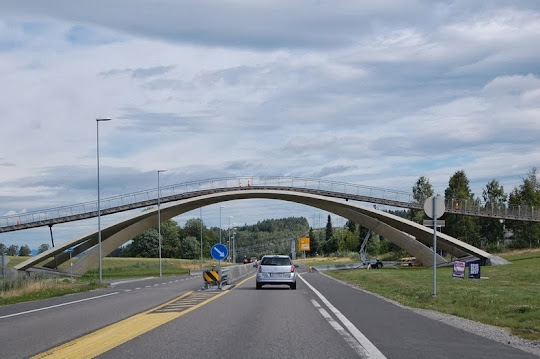
Source
READ MORE»
In 1501, Leonardo da Vinci made a sketch of a 240-meters long single span bridge that was to be built over the Golden Horn – a natural inlet of the Bosphorus Strait dividing the city of Constantinople, present day Istanbul. This was the first time that such a long single span bridge was proposed. The construction methods that would be required to build such a structure would not come into use for another 300 years. Consequently, the bridge could not be built because it was too advanced for the builders of that time.

For five hundred years, Leonardo’s graceful design remained an obscure, tiny drawing in a corner of one of Leonardo’s voluminous notebooks, until 1996 when contemporary Norwegian artist, Vebjørn Sand, saw the drawing at an exhibition of Leonardo’s engineering designs. Sand was impressed by it that upon returning to Oslo, he proposed that the Norwegian Public Roads undertake the construction of the project.
For the next few years, Vebjorn Sand devoted his time and effort to transforming the Leonardo Bridge Project from a dream into reality. And in 2001, a small pedestrian footbridge based on Leonardo’s original design was built near the town of Ås in Norway, on highway E-18 linking Oslo and Stockholm. Converting the basic design in reality was done by Architect Selberg.
The pedestrian bridge is built on the same model as Leonardo da Vinci's original drawings, but instead of a massive arch stone bridge, the one in Ås has three glulam beams which runs in an arc across the road. On top of the glulam beams one can walk or cycle on. The total length of the bridge is 108 meters with main span width of 40 meters, height 10 meters and clearance of 5 meters.
According to the Leonardo Bridge Project’s website, the Turkish government has decided to build a full fledged bridge spanning the Golden Horn based Leonardo's design.

Leonardo’s sketch of the Golden Horn bridge.







Source

